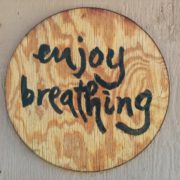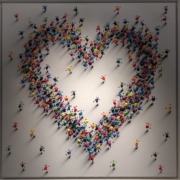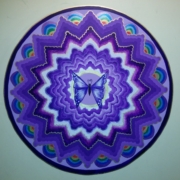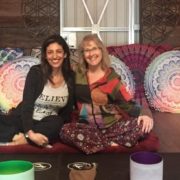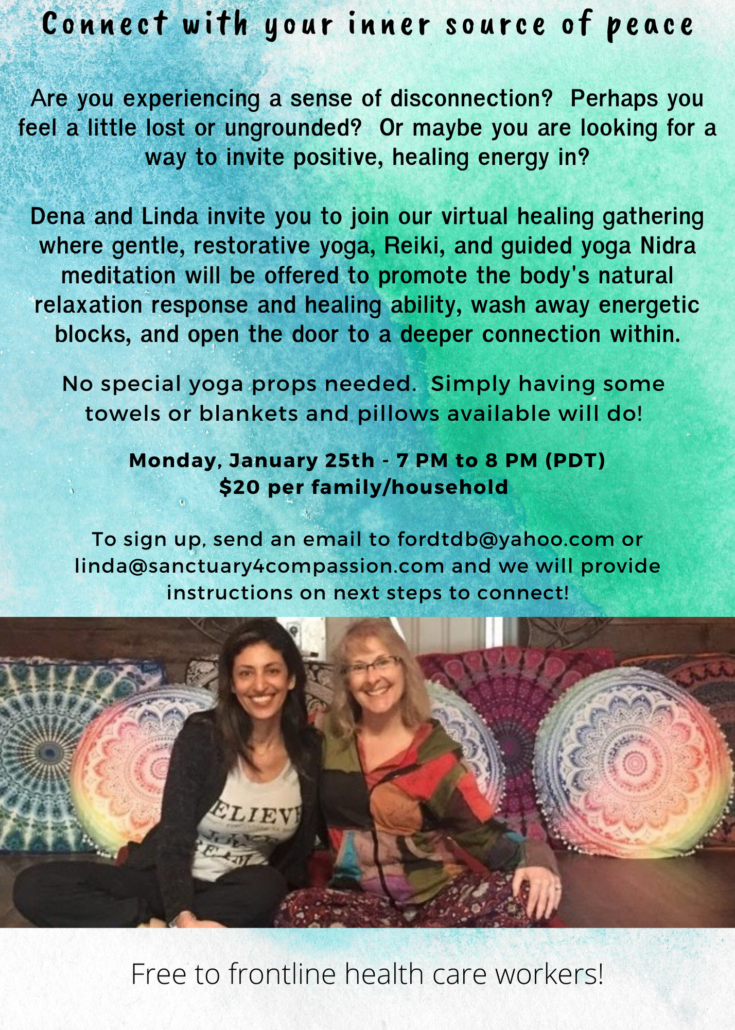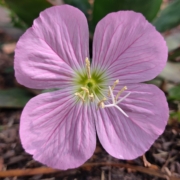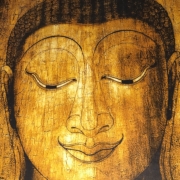5 Intention-setting Ideas to Celebrate National Yoga Awareness Month
Let’s celebrate all things YOGA!
Yoga changed my life, literally and figuratively. I now measure my life in terms of Before Yoga (BY) and After Yoga (AY), because it is so very different today. I was showing all of the signs of having Metabolic Syndrome, which was a wake up call to start doing something different or end up on prescription medications for the rest of my life. I knew enough that all of the signs and symptoms could be reversed by life style changes. Easier said than done!
Then I discovered yoga, first the physical practice on the mat in group yoga classes, and then all of the other contemplative practices that are encompassed by the practice of yoga. The most powerful aspect of yoga for me personally was the breath practices. When I changed the way I breathed, it invited in so many other changes, including but not limited to what and how I ate, changing my reactions into responses, and making space for more compassion both for others and myself. I’m proud to say that at age 60, I am part of the 15% of the US population NOT on any prescription medications!
Therefore, to celebrate this powerful lifestyle of yoga, below are some ideas for your consideration:
- Read about yoga. If you have very little experience or knowledge of the practice, perhaps consider taking some time to read about the benefits of yoga, and not just the physical practice that includes poses, or asanas. You might start with Yoga Alliance, which has a dedicated section on their website for research into the physical, mental, and emotional benefits of such practices.
- Try a class. If you might be interested in attending a group yoga class, my recommendation might be to start with a gentle class. There are MANY different styles of yoga. Consider finding where classes are offered locally and reading about the class descriptions beforehand. When taking any class, it is important to know that yoga is a very personal practice. You are not in competition with the other students and can modify however feels good to you. There is no perfect shape as every body is so unique.
- Post. This month, while practicing yoga, consider taking and sharing pictures on your social media to spread the word. Get creative and share ones of you meditating or practicing Ahimsa or Saucha! Here’s a TikTok video of a woman saving a bumble bee with a broken wing for inspiration!
- Journal. Did you know that self-study is part of the second limb of the eight limbs of yoga, specifically Svadhyaya as one of the Niyamas? Compared to psychotherapy in its present form which came many centuries later, this ancient practice honored that to attain inner peace, it is critical to make time for introspection. If you are not a journaler, perhaps consider giving it a try this month. If you are a regular journaler, consider adding a little extra time to your reflections this month.
- Go green. Another overall aspect of yoga is that it celebrates our connection to the earth. In fact, many of the yoga poses are named after nature and animals, like cow, cat, mountain, downward-facing dog, crow, tree, lotus and eagle. To celebrate all things yoga this month, perhaps consider how you might “Go Green”, starting with recycling and adding using reusable bags, water bottles and food storage containers, hang dry your clothes, and walk and bike more.

